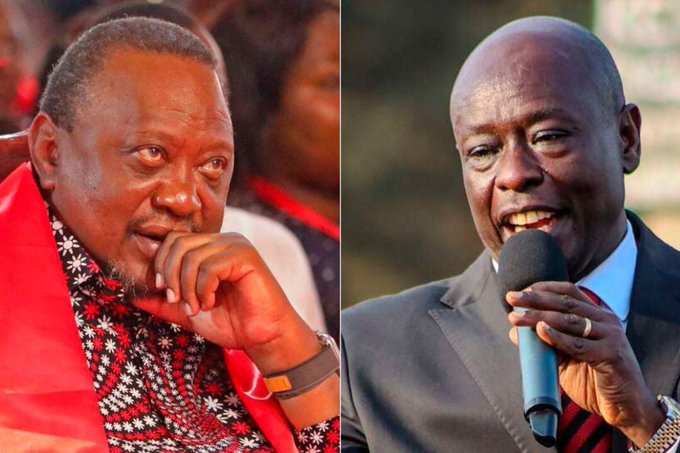The political landscape in Mt Kenya has become increasingly tense as factions aligned with former President Uhuru Kenyatta and Deputy President Rigathi Gachagua mount efforts to counter President William Ruto’s United Democratic Alliance (UDA).
This tension was amplified when the High Court ruled in favor of Uhuru Kenyatta’s continued control over Jubilee Party leadership, allowing him and allies like Jeremiah Kioni to retain significant influence.
Kenyatta’s camp plans to leverage this victory to rebuild Jubilee’s presence in Mt Kenya, where they hope to gain ground by capitalizing on growing discontent within UDA ranks.
At the same time, internal divisions within UDA have surfaced, largely due to Gachagua’s reported grievances with the party leadership.
Many of his Mt Kenya supporters feel sidelined despite their critical role in Ruto’s 2022 victory.
Gachagua’s faction has allegedly expressed concerns that the consolidation of power under Ruto could lead to their marginalization.
This discord has raised speculation that Gachagua’s camp may explore forming a separate Mt Kenya-centric party ahead of the 2027 elections to ensure regional representation and protect their political influence.
Adding to the complexity, UDA’s grassroots elections, initially planned for December, are now under debate due to competing interests within the party.
Ruto’s supporters aim to reinforce his grip on the party, while Gachagua’s allies reportedly seek to position loyalists in strategic roles to secure a foothold in UDA’s future decisions.
These dynamics highlight a growing divide that could either force a delicate reconciliation or lead to a formal split, with each faction vying for dominance in the Mt Kenya region.


